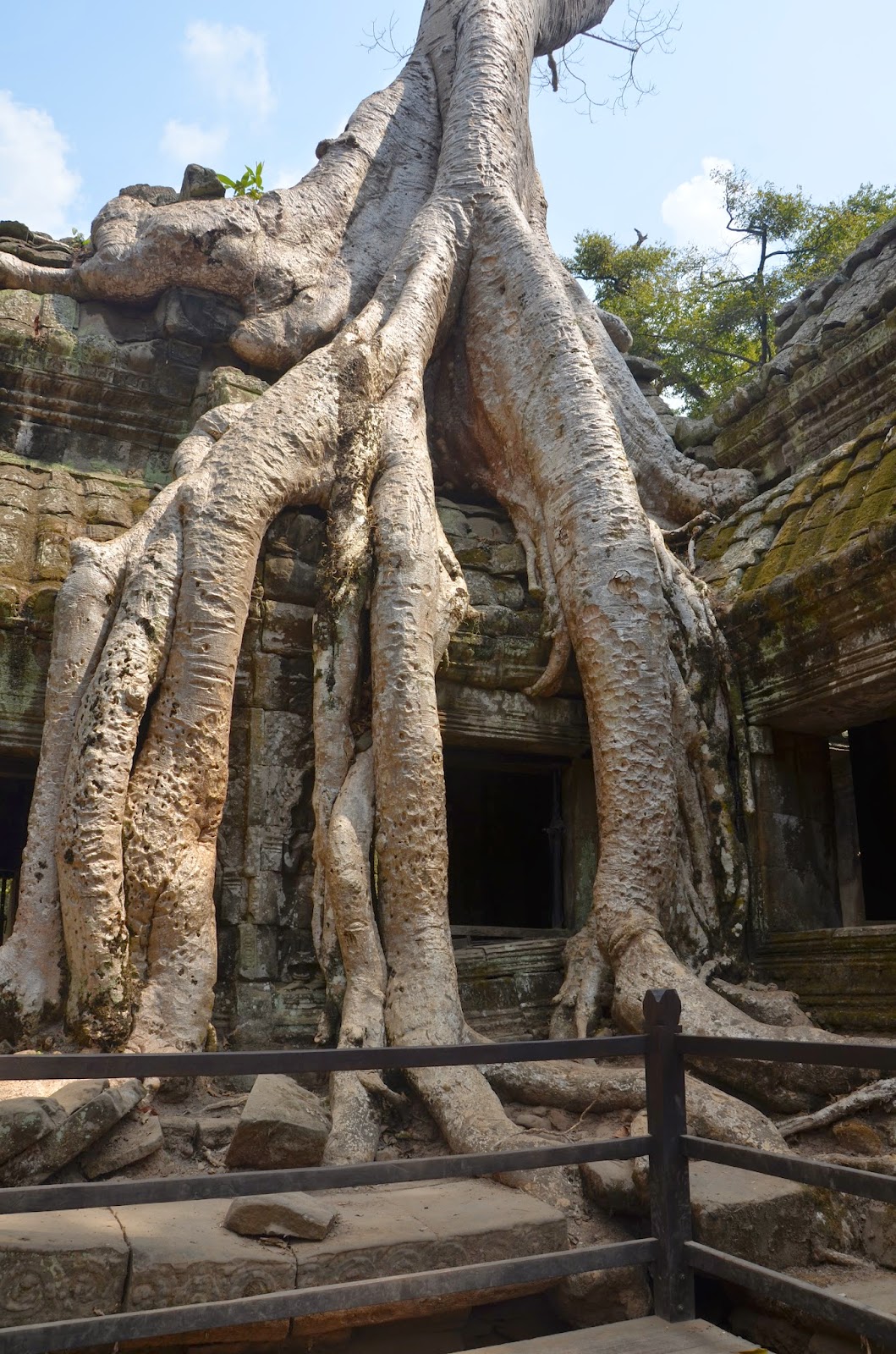Luang Prabang is a UNESCO site,the town and area has over 50 wats ie temples in various states of repair/disrepair. Most have monks living on the site. The wats consist of a temple , drum building, a building to house the ancient palm manuscripts and the stuppa which has a conical top and used to bury important articfacts or ashes (of the abbot). The Lao people are very serious about Buddhism, many get up in the morning at sunrise to gives alms to the monks ie food or money so the monks can eat. The monks eat twice a day, early in the morning and lunch. They pray, go to school, maintain the grounds or just walk around town. The monks can be any age from a young boy to an old man. They can come and go as they wish and can enter and leave the monkhood? at any time. It is lovely to see them walking around in their bright orange robes.
The temples can be very simple or very ornate, many have been decorated with mosaics depicting the life of Buddha. Many have paintings inside depicting what will happen to people who are not good throughout their lives ie Hell. There are 5 rules in Buddhism, do not kill, steal, commit adultery, drink and lie. There is a separate hell or punishment for each sin. We have seen graphically painted and carved depictions of each punishment. Tongues cut out for telling lies, you have to climb a thorny tree naked and get eaten by animals for adultery. Not pretty and we thought the Buddhists were such pacifists!
Luang Prabang was a French colonial town where they came to escape the heat and believe me its hot in southern Laos and Cambodia. It is a very pretty and peaceful town with some great French restaurants and bakeries, good pain au chocolat. You can get an hour massage for $10 where a small but strong girl sits on you and beats and stretches you into blissful submission. Lots of shopping, the uniform of the backpackers are elephant pants. They are baggy and ugly and everyone wheres them, aarrgh.
We visited an elephant camp and got to ride the elephants, it is not a smooth ride. I rode bareback which gives your quads a workout and your skin gets exfoliated
 |
| giving alms to the monks |
. Elephants have short hairs on their heads and bodies that feel like steel wool. We got to wash them, which was interesting. We wore our bathing suits which exposed our legs to their brillo pad hairs. We then splashed them and ourselves with water and scrubbed them with a scrub brush. We like to think that the elephants do what we tell them but they really do what they want, its hard to get an animal that big to do what you what without a large hook, which they do not use. It is used in logging where these elephants were rescued from. They are worked very hard as they eat a lot and have to produce in order to pay for their food. Often they are abused. Rescue camps buy them, when they are too sick or weak to no longer work, nurse them back to health and then use them as an attraction where they don't have to work very hard.
 |
| main temple in the Royal Palace |
 |
| doorway to temple |
 |
| trying not to get our feet wet |
 |
| its not as easy as it looks, you really have to hang on especially going up and down hills, its a good leg workout |
 |
| Arrived safely |
 |
| Buddha which is found with his hands in difference positions meaning different things |
 |
night market in Luang Prabang
|
 |
sunset over the Mekong
|






























.JPG)




















